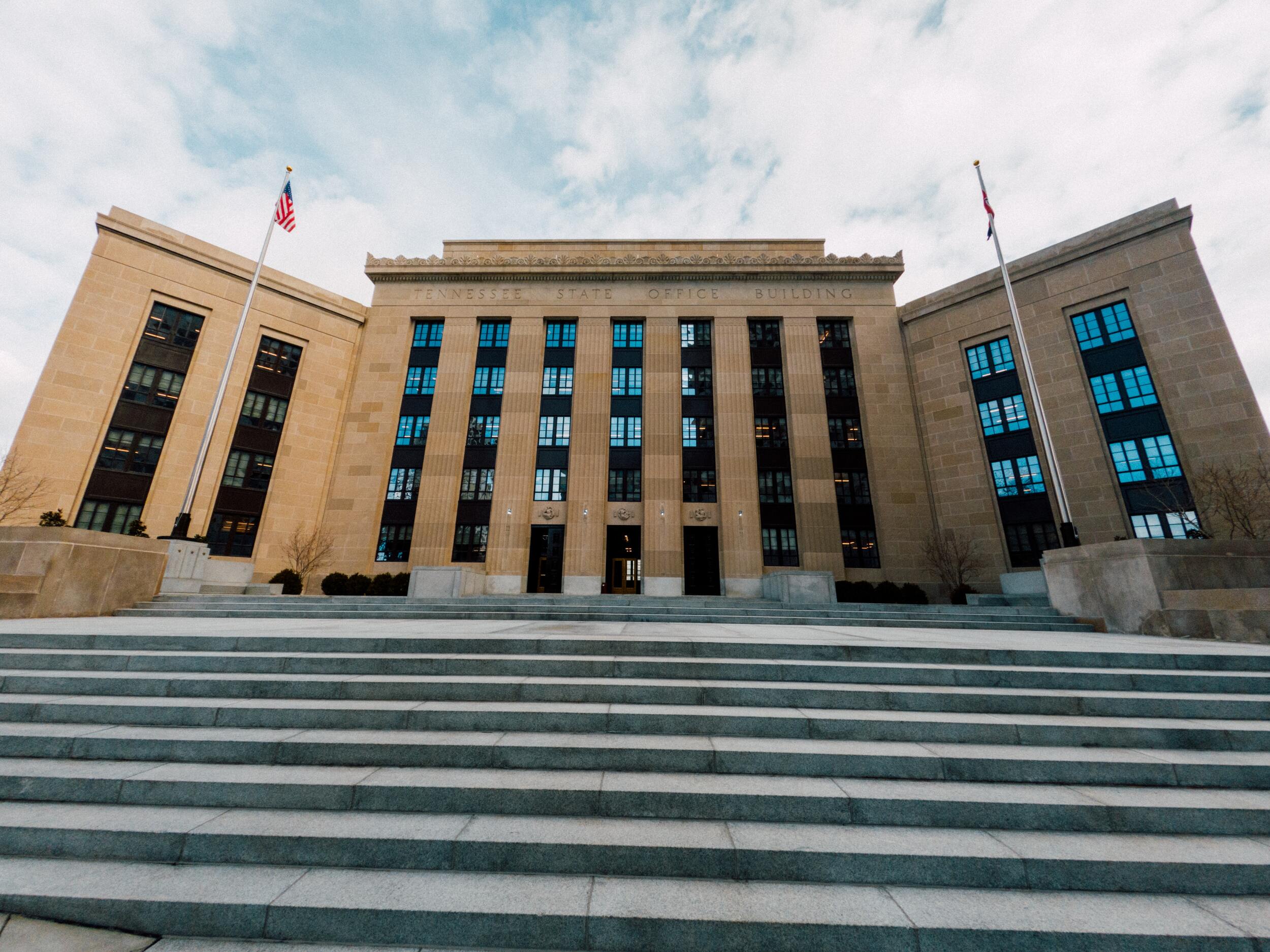#edgeforex #trading #market #stocks #money #usd #gold #forex #inflation #federal #reseve #fed #crypto #cryptocurrencies #december #bitcoin
The Federal Reserve has given several signals that its ultra-easy policy, which it has followed since the beginning of the epidemic, is nearing to an end. In reaction to growing inflation, the government is taking tough economic measures.
For one thing, the central bank said that it will reduce its monthly bond purchases more quickly.
Starting in January, the Fed will buy $60 billion in bonds per month, half of what it was purchased before the November taper and $30 billion less than it was buying in December. In November, the Fed began tapering by $15 billion per month, then doubled it in December, and will continue to do so until 2022.
After that, the central bank intends to begin hiking interest rates, which were held constant at this week’s meeting, in late winter or early spring.
According to projections presented on Wednesday, the Federal Reserve expects three rate rises in 2022, two the following year, and two more in 2024.
The actions by the Federal Open Market Committee, which were unanimously agreed, constitute a significant shift in policy, which had been the loosest in its 108-year existence. The impact of inflation was mentioned in the post-meeting statement.
The pandemic’s supply and demand mismatches, as well as the economy’s reopening, have continued to contribute to high inflation rates.
The committee raised its inflation forecast for 2021 from 4.2 percent to 5.3 percent for all categories, and from 3.7 percent to 4.4 percent excluding food and energy. The forecast for 2022 is currently 2.6 percent for headline and 2.7 percent for core, both higher than September.
At the same time, the unemployment rate for 2021 was reduced from 4.8 percent in September to 4.3 percent.
“Job increases have been strong in recent months, and the unemployment rate has dropped significantly,” according to the statement.
Members, on the other hand, came out on the hawkish side of policy decisions, with a strong preference for rate rises. Only six of the 18 FOMC members expected fewer than three rate rises next year, according to the “dot plot” showing individual members’ rate predictions, and none expected rates to remain anchored at zero.
The committee lowered its growth prediction for this year, predicting GDP growth of 5.5 percent in 2021, down from 5.9 percent in September. Officials also changed their growth predictions for the next year, raising it to 4% from 3.8 percent in 2022 and dropping it to 2.2 percent from 2.5 percent in 2023.
Both policies were implemented in reaction to rising inflation, which has reached its highest level in 39 years for consumer prices. In November, wholesale prices increased by 9.6%, the fastest increase on record, indicating that inflationary pressures are becoming more established and widespread.
Officials at the Federal Reserve have long emphasized that inflation is “transitory,” which Powell defines as unlikely to have a long-term impact on the economy. He and other central bankers, as well as Treasury Secretary Janet Yellen, have emphasized that prices are soaring as a result of pandemic-related variables such as unprecedented demand that has outstripped supply, but that this would eventually dissipate.
The asset acquisition taper began in November with a $10 billion drop in Treasury purchases and a $5 billion reduction in mortgage-backed securities purchases. The month’s purchases remained at $70 billion and $35 billion, respectively.
The Fed’s $8.7 trillion balance sheet, on the other hand, grew by only $2 billion in the last four weeks, with Treasury holdings up to $52 billion and MBS down $23 billion. Treasury holdings have increased by $978 billion in the last year, while MBS holdings have increased by $567 billion.
The Fed would hasten the decrease of its assets under the revised parameters of a program known as quantitative easing until it is no longer adding to its portfolio. QE would finish in the spring, allowing the central bank to hike rates at any time after that. The Fed has stated that it is unlikely to raise rates while continuing to buy bonds at the same time, as the two actions would be incompatible.
The Fed may therefore begin decreasing its balance sheet at any moment, either by selling securities outright or, more likely, by letting the proceeds of its present bond holdings to drain down at a predetermined rate each month.

